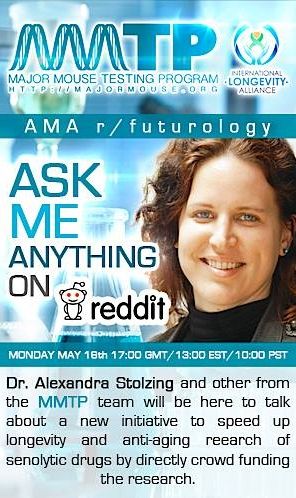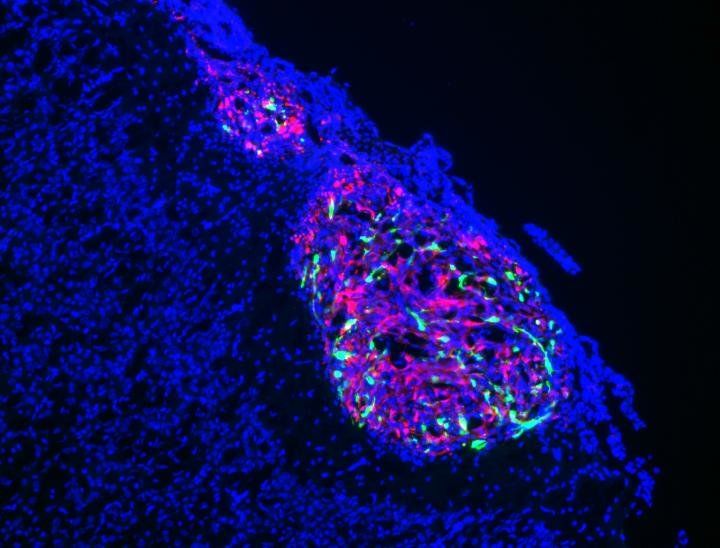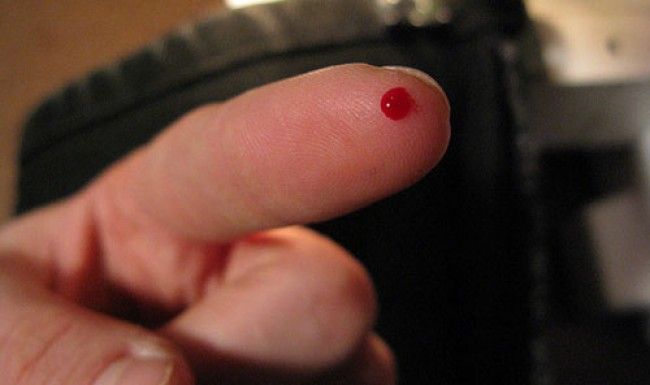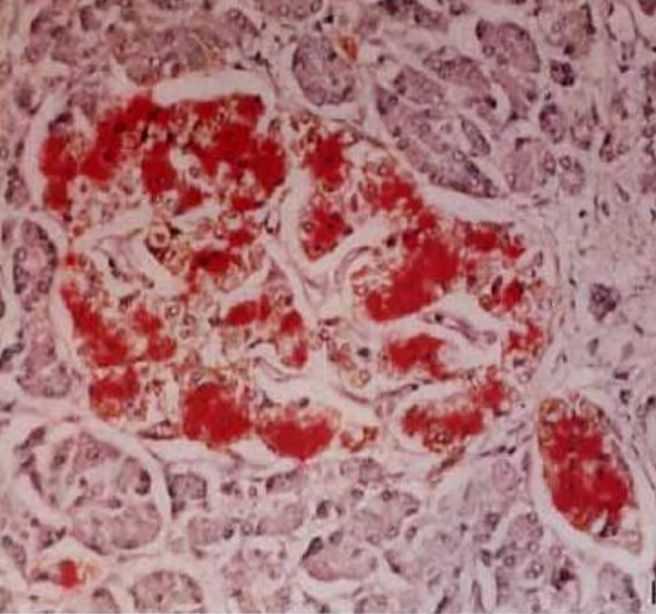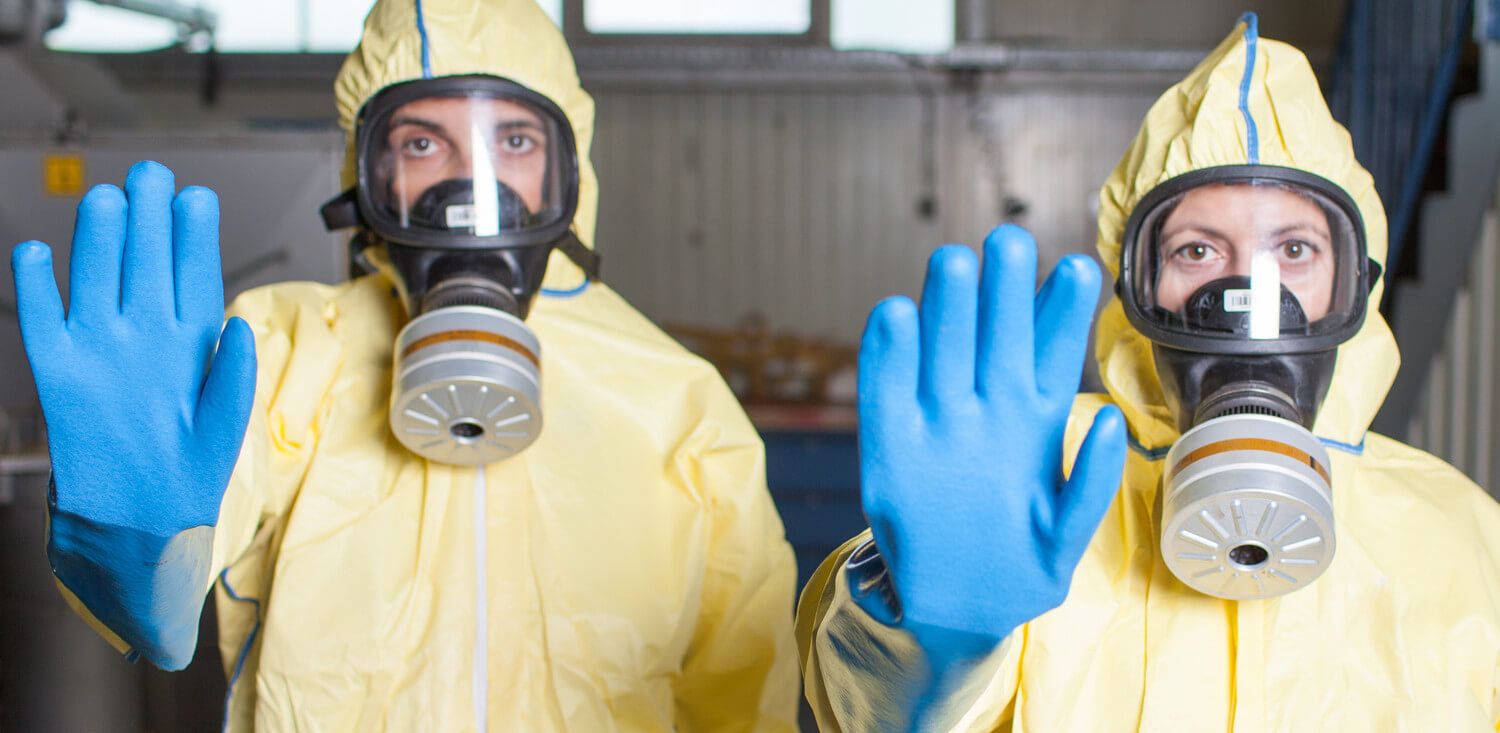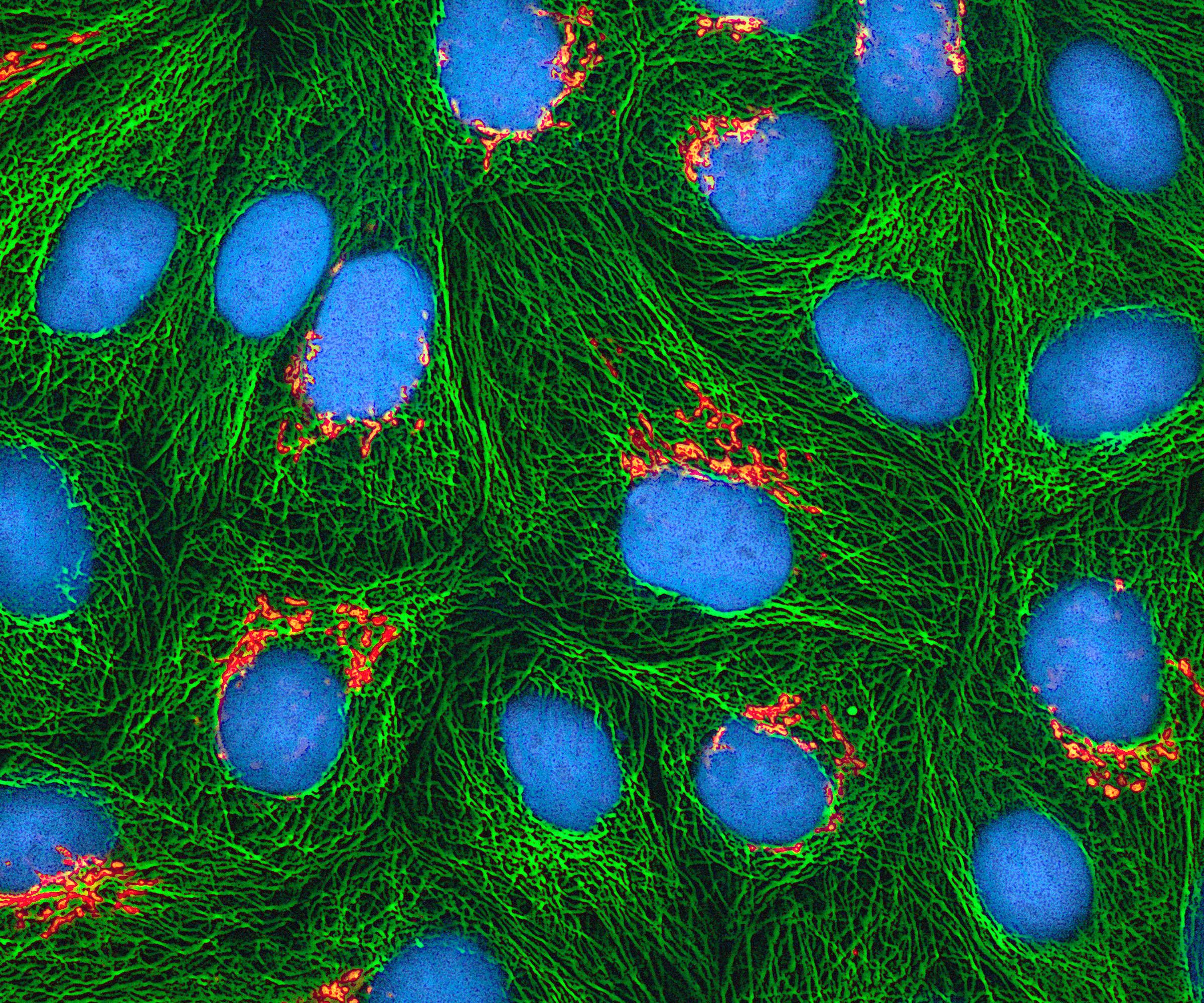May 13, 2016
The Major Mouse Testing Program AMA on Reddit!
Posted by Steve Hill in categories: biotech/medical, health, life extension
Monday May 16th 17:00 GMT 13:00 EST 10:00 PST r/futurology.
The Major Mouse Testing Program is an ambitious project of the International Longevity Alliance, seeking to speed up scientific progress in the field of regenerative medicine and bio-gerontology. After ILA experts conducted an analysis of bottlenecks preventing the development of life extension technologies, it was revealed that one of these bottlenecks is the deficiency of robust animal data for the potential of different compounds to promote health and extend maximum lifespan. Without this data promising interventions cannot enter clinical trials and become available to the general public.
The ILA decided to initiate a fundraising program to fund a series of these high-risk studies: Major Mouse Testing Program. We are currently running a crowdfunding campaign for the first experiment to test a combination of Senolytics. They have been shown to help seek out and destroy senescent “death resistant” cells and improve various aspects of health. We wish to see if Senolytics are able increase maximum lifespan in addition to healthspan promotion. We have big plans for the future with combination testing of senolytics, stem cells and more to help speed up scientific progress. So go ahead ASK US ANYTHING!
Continue reading “The Major Mouse Testing Program AMA on Reddit!” »
